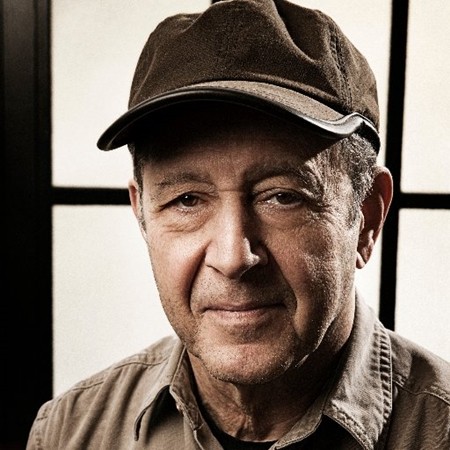
I’m sure you’ve been to one of those concerts where someone starts clapping at an inappropriate moment, causing acute embarrassment to themselves and a general feeling of discomfort among everyone else. One of the Golden Rules of classical music concerts today is that one doesn’t clap between movements. One simply doesn’t, my dear. Of course, it wasn’t always thus. “Up until the beginning of the twentieth century”, writes American music critic Alex Ross, “Applause between movements and even during movements was the sign of a knowledgeable, appreciative audience, not of an ignorant one.”
At the first performance of Brahms’s First Piano Concerto in 1858 the composer knew things were not going well because there was no applause after the first movement. Hissing, but no applause. On the other hand (if you’ll excuse the irresistible pun), Mendelssohn explicitly asked that his Third Symphony be played without a break between the movement to avoid “the usual lengthy interruptions”. Presumably he was referring to applause. It’s thought that the practice of keeping quiet between movements may have started in Germany during the late nineteenth century.
I remember once hearing a thrilling performance of a Beethoven piano concerto in which the dramatic end of the first movement surely must have been composed to elicit an audience reaction. I cannot have been the only one who wanted to release my excitement and applaud or even cheer the soloist. But of course, nothing of the sort happened apart from the usual coughing and shuffling in an awkward self-imposed silence. In Beethoven’s time there would probably have been a standing ovation.
It’s easy to understand how newcomers to classical music or those who don’t know the Golden Rule will break into spontaneous applause at such moments. Perhaps it’s time to change the way we think about concerts. Even so, to rebuke people for showing their appreciation is sheer bad manners. At a local concert a couple of years ago during the performance of a Bach concerto, there was a tentative ripple of polite applause from the back of the hall at the end of the first movement. One of the concert promoters leapt from his seat and gestured wildly at the offenders, thus making himself more of a downright nuisance than those he was foolishly and misguidedly reprimanding.
Wolfgang Amadeus Mozart (1756-1791): Symphony No 31 in D major “Paris”. Vienna Philharmonic Orchestra cond. Nikolaus Harnoncourt (Duration: 18:43; Video: 720p HD)
The 22-year-old Mozart had a dismal time when he was job-hunting in Paris, but at least the experience brought us this symphony, which was given its first public performance at the Tuileries Palace in 1778. In a letter to his father, Mozart enthusiastically relates how the Parisian audience burst into applause at particularly exciting moments during the colourful first movement. The letter clearly reveals that Mozart was composing for a specific type of audience and was even tailoring his music to elicit reactions. Of course, he wasn’t the first composer – or the last – to do so.
The symphony is scored for a large orchestra which included comparative newcomers, a pair of clarinets. Mozart had first heard them in Mannheim and was enthusiastic about using the instruments in this symphony. The enthusiasm shows. Mozart uses many colourful orchestral effects which clearly went down well with the Parisians and it’s interesting to speculate at which moments they might have applauded. Even today this remains one of Mozart’s most popular symphonies. But try applauding during the first movement as they did in Paris, and you’ll probably be hauled out of the concert hall.
Steve Reich (b. 1936): Clapping Music (1972). Students at the College of Music, University of Colorado at Boulder (Duration: 04:54; Video: 480p)
In this fascinating piece, it’s the performers, rather than the audience, who do the clapping. Originally written for two performers, one of them claps a basic syncopated rhythm throughout the piece. The second “player” starts with the identical rhythm but every eight measures shifts by one note to the right thus creating a different rhythm. This process continues throughout the piece until the thirteenth measure when the second performer is inevitably clapping the same rhythm as the first, thus drawing the piece to its logical and inescapable conclusion. It’s elegantly simple but strangely mesmerizing as the rhythmic patterns shift out of phase with each other. These days Clapping Music is invariably performed by a group, which to my mind makes for a richer and more satisfying sound. If you want to brush up your music-reading skills you see also the printed music on YouTube and try clapping along with the performers. You might be surprised how difficult it is.
 |
 |
 |





